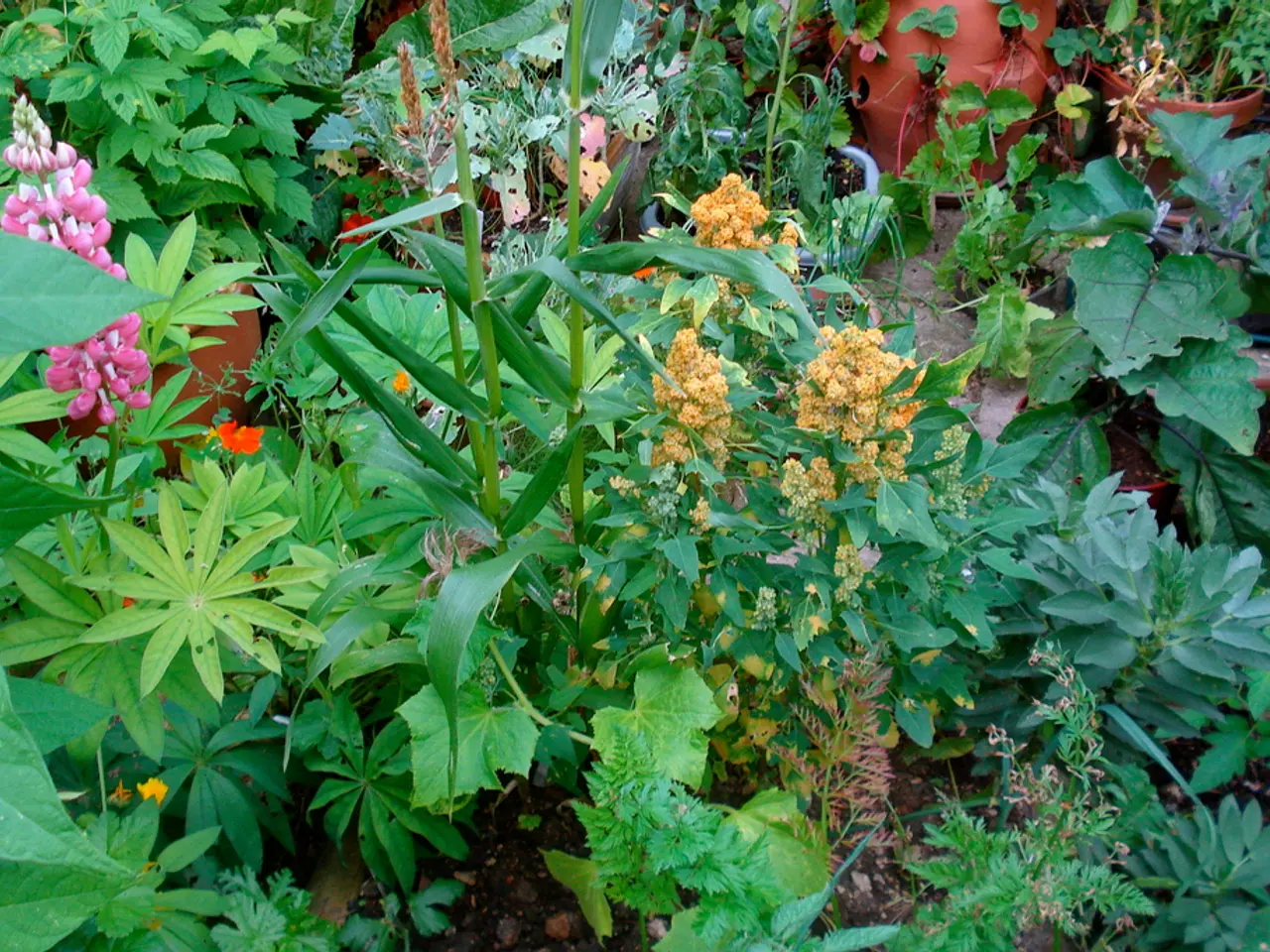Springtime Chores in Your Garden
Spring is upon us, and it's the perfect time to revitalize your garden and landscape. Here's a handy guide to help you prepare different garden and plant areas for the upcoming season.
Perennials
Clearing away old mulch and winter debris is essential to warm the soil. Loosen the soil to a depth of about 8 inches and incorporate compost or well-rotted manure to improve nutrients and drainage. This is the ideal time to divide and plant new perennials such as daylilies, echinacea, hostas, peonies, and bulbs like daffodils and tulips. However, avoid major pruning until after flowering for spring-blooming varieties.
Vegetable Gardens
Test the soil pH and adjust with lime if necessary. Prepare beds by cleaning debris, removing weeds, and adding organic matter. Start seeds indoors or sow directly into well-drained beds. Clean up fallen plant debris from last season to prevent disease and pest problems.
Annuals
Prepare planting beds by clearing debris and loosening soil with compost. Plant annuals after the last frost, ensuring proper soil drainage and nutrient levels. Deadhead spent flowers to encourage blooming and remove weeds regularly.
Trees and Shrubs
Delay major pruning until late February or after the risk of severe cold has passed to prevent damage to new growth. Avoid pruning spring-blooming shrubs like rhododendrons, azaleas, lilacs, and forsythia until after they flower. Clean fallen fruit to prevent disease and pests. Replenish mulch (up to 4 inches) but keep it away from the base to prevent rot. Water well if needed after winter.
Lawns
Test soil pH and apply lime if necessary to raise pH. Remove winter debris and thatch to allow the soil to warm. Overseed bare spots and apply fertilizer suitable for your lawn type to promote early growth.
Indoor Plants
Increase humidity by placing plants on trays filled with pebbles and water just below the pot base. Check for pests and treat promptly. Water and fertilize as plants come out of dormancy. Rotate plants periodically for even light exposure.
General Tips
Clean and maintain tools before storing them for winter. Protect plants against late cold snaps if needed. Propagation by hardwood cuttings is the best form of propagation for several trees and shrubs. Spring is the best time to remove protective materials from young trees and shrubs. Spring is also a good time to apply sulfur to the soils around acid-loving plants.
Special Tips
Spring is the best time to apply preemergent herbicides for crabgrass and other summer annual weeds. Late summer/fall is the best time to start new lawns from seed, so don't renovate any lawn areas in spring. A wonderful way to brighten up the last few weeks of winter is by forcing branches of flowering trees and shrubs indoors.
Timing
Aerification helps reduce compaction and thatch, and it promotes better growth of the turfgrass. September or April are the best times to core aerate lawns in Iowa. There is no set date to start mowing. It will depend on the growing conditions and the type of grass growing in the area.
Additional Care
Spring is the best time to apply fertilizers around the base of shrubs and roses and lightly work it in the top layer of soil. Spring is the best time to service the engine and clean the mower deck to ensure the mower runs smoothly. All newly planted plants should be regularly watered during the first growing season. Check frequently (several times a week) at first.
Final Thoughts
In late March or early April, once the snow has melted, rake and remove leaves, twigs, and other debris from the lawn that accumulated over winter. Most woody plants in the Iowa landscape do not need much fertilizer. A soil test will tell you where and how much may be needed. Spring is the ideal time to evaluate the continued need for support staking on young trees and remove the stakes as soon as possible. Many common lawn tasks (apart from mowing) are best done in late summer and early fall. Potting or repotting can be done any time of the year, although most gardeners have the best success doing it in late winter or early spring, as houseplants start growing more vigorously with the warmer temperatures and longer days of spring. Spring is also the best time to sharpen the mower blades to ensure it cleanly cuts the lawn. Early spring, before the growth begins but after the ground has thawed, is the best time to transplant deciduous shrubs.
- For perennials like daylilies, echinacea, hostas, peonies, and bulbs, remove winter debris and divide and plant new ones in soil warmed by clearing away old mulch and loosened to a depth of about 8 inches.
- Prepare vegetable garden beds by cleaning debris, removing weeds, and adding organic matter, then test the soil pH and adjust if necessary before sowing seeds or planting young plants.
- Annuals can be planted in loosened soil with compost after the last frost, and regular deadheading of spent flowers and weed removal will encourage continued blooming.
- When pruning trees and shrubs, delay major pruning until late February or after the risk of severe cold has passed, and clean fallen fruit to prevent disease and pests.
- For indoor plants, increase humidity, check for pests, water and fertilize as plants come out of dormancy, and rotate them for even light exposure.
- General tips include cleaning and maintaining tools, protecting plants against late cold snaps, propagating trees and shrubs through hardwood cuttings, and applying sulfur to the soils around acid-loving plants in the spring.
- Preemergent herbicides should be applied for crabgrass and other summer annual weeds in the spring, while new lawns from seed should be started in late summer/fall, and spring is the best time to transplant deciduous shrubs.




